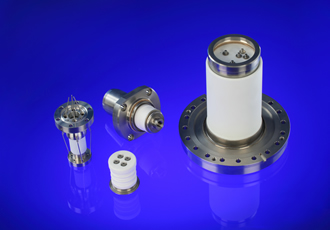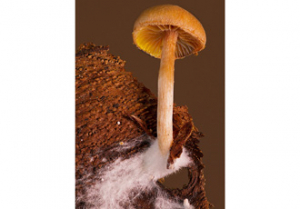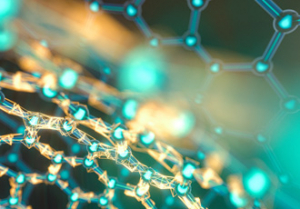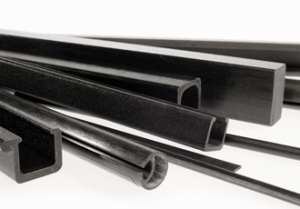Active Brazing Alloy Process Offers Versatility And High Performance When Joining Metals To Ceramics

Morgan Advanced Materials has highlighted the benefits of its active brazing alloy (ABA) process to join metals to ceramics in a variety of applications where conventional metallisation and brazing are either costly or impractical.
The ABA process is used in specialist applications in sectors from medical to aerospace, but Morgan believes its versatility means it could be even more widely employed in future – especially given the increased use of ‘hybrid’ components pairing metals with ceramics to benefit from the different performance properties of each, not least in high-volume manufacturing.
Unlike some other techniques, the ABA process allows accurate brazing of components in hard-to-access locations, such as tube interiors, where previously a metallising paint (or ink) as well as a traditional brazing alloy would be needed. It therefore gives greater flexibility, not just in terms of design, but in terms of the combinations of materials which can now be bonded together.
Examples of technologies being bonded using ABAs include proton therapy equipment for oncology, and high-tech circuit boards to which conductive strips can now be bonded using just a thin ABA layer with no need for a costly and time-consuming Physical Vapour Deposition (PVD) process.
Morgan’s Martin Davidson explained: “The ABA process is a highly effective way to join metal and ceramic components together, forming a mechanically strong, hermetic joint. In many applications, it is considerably quicker and more cost-effective than standard metallisation, providing real alternatives for engineers, especially where multi-layered ceramics are being used. Thanks to their high peel strength, ABA assemblies are the option of choice for butt joint design. Also assemblies produced through the ABA process can operate in temperatures up to 650oC.
“The joint strength will be design-dependent but also linked to the silicon content in the materials being brazed. The lower the silicon content, the stronger the joint will be. This allows us to braze not only very high purity aluminium oxide ceramics from 97% to 99.9% purity to metals but also zirconia, silicon carbide and sapphires. We can also active braze metal to metal.
“Morgan’s service includes the joint design which is critical to allow for the differing coefficients of expansion between dissimilar materials. As parts produced with the ABA process do not readily react with other materials, making them compliant with regulations governing medical implants – a key attribute and one which is bound to appeal to designers creating components for use in harsh or sensitive environments.”
The ABA process produces well-contained braze joints that do not ‘run’ over a ceramic surface, ensuring pre-formed products remain true to their original shape and enabling even very small parts to be successfully brazed.
Martin Davidson concluded: “We are keen to speak to customers in any sector seeking a safe and effective means of joining metals to ceramic materials. Our dedicated team of engineers have vast experience in materials technology and will recommend the most effective solution for each individual application.”
Similar articles
More from Morgan Advanced Materials plc
- Safety certification leads to food packaging breakthrough 13th October 2017
- Prototype capability announced for custom piezoceramic micro tubes 20th December 2016
- Grinding capability boosted for greater pump efficiency 28th November 2016
- Global maritime security sector leads to boost in industry 16th November 2016












Write a comment
No comments